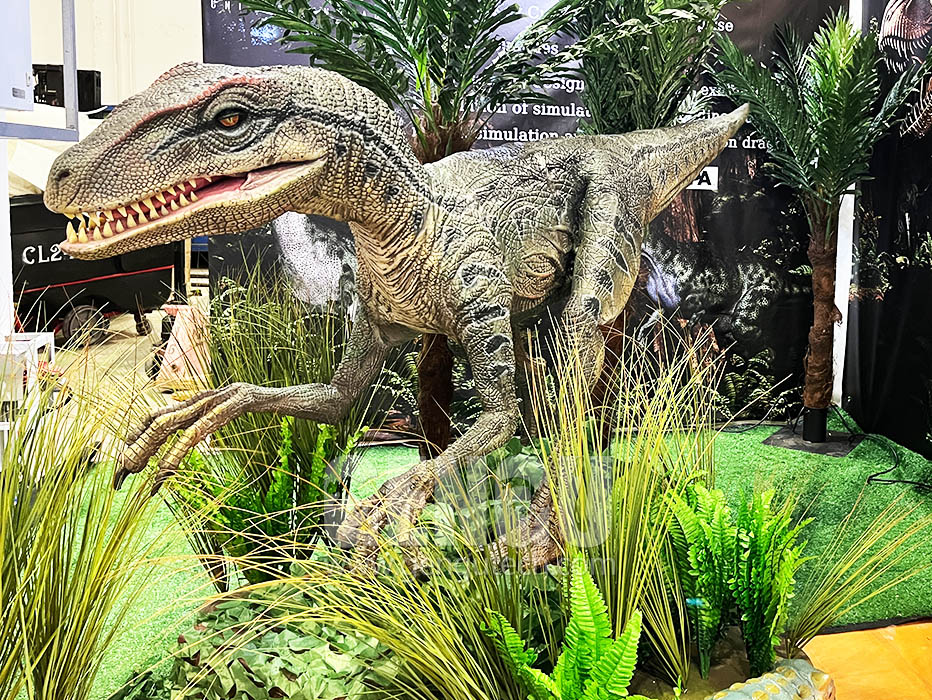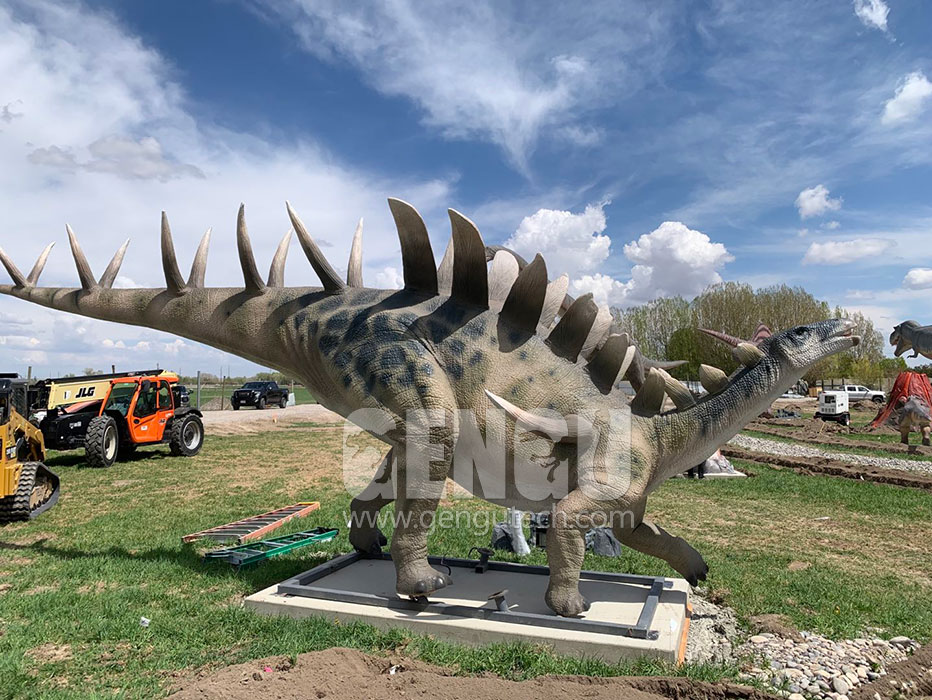What Do Dinosaurs Eat?
Dinosaurs, a diverse group of reptiles that dominated the Earth during the Mesozoic Era, had varied diets depending on their species, anatomical adaptations, and available food sources. Here’s an overview of what different types of dinosaurs ate:
Herbivorous Dinosaurs
Herbivorous dinosaurs were plant-eaters and constituted the majority of dinosaur species. Their diets included a variety of vegetation:
1. Sauropods:
Examples: Apatosaurus, Brachiosaurus, Diplodocus
Diet: These massive dinosaurs primarily ate leaves, ferns, and conifers. Their long necks allowed them to reach high into trees to feed on foliage that other herbivores couldn't access.
2. Ornithischians:
Examples: Stegosaurus, Triceratops, Ankylosaurus
Diet: These dinosaurs fed on low-lying plants, such as cycads, horsetails, and ferns. Stegosaurus had a beak and flat teeth suitable for chopping and grinding plant material, while Triceratops used its beak to clip vegetation.
3. Hadrosaurs:
Examples: Edmontosaurus, Parasaurolophus
Diet: Known as "duck-billed dinosaurs," hadrosaurs had specialized teeth for grinding plant material. They likely fed on a variety of plants, including twigs, seeds, and leaves.
Carnivorous Dinosaurs
Carnivorous dinosaurs were meat-eaters, often apex predators or scavengers. Their diets included other dinosaurs and various prehistoric animals.
1. Theropods:
Examples: Tyrannosaurus rex, Velociraptor, Allosaurus
Diet: These dinosaurs were equipped with sharp teeth and claws for hunting and tearing flesh. They preyed on other dinosaurs, including herbivores and smaller carnivores, and sometimes scavenged carcasses.
Omnivorous Dinosaurs
Some dinosaurs had a mixed diet, consuming both plants and animals, depending on availability.
1. Ornithomimids:
Examples: Ornithomimus, Gallimimus
Diet: Often referred to as "ostrich-mimic" dinosaurs, these species likely had varied diets that included small animals, insects, and plants.
2. Troodontids:
Examples: Troodon
Diet: These small, bird-like dinosaurs are believed to have been omnivorous, eating small prey and plant material.
Specific Adaptations and Diet Evidence
Dinosaurs had various anatomical features that provided insights into their diets:
1. Teeth:
Herbivores had flat, grinding teeth for processing plant material, while carnivores had sharp, serrated teeth for cutting meat.
Hadrosaurs had dental batteries—rows of tightly packed teeth that acted like a grinding surface for tough plant material.
2. Beaks and Claws:
Herbivores like Triceratops had beaks to clip vegetation.
Theropods had sharp claws for grasping and subduing prey.
3. Gastroliths:
Some herbivorous dinosaurs swallowed stones (gastroliths) to help grind up tough plant material in their stomachs, similar to modern birds.
Fossil Evidence
Fossilized remains, such as coprolites (fossilized dung) and stomach contents, provide direct evidence of dinosaur diets. For example:
Coprolites: Analysis of coprolites has revealed plant material in herbivores and bone fragments in carnivores.
Stomach Contents: Some fossils have preserved stomach contents, indicating the last meal of the dinosaur.
Conclusion
Dinosaurs had diverse diets that ranged from strictly herbivorous to carnivorous, with some species being omnivorous. Their anatomical adaptations, fossil evidence, and ecological roles help paleontologists understand what these ancient reptiles ate and how they interacted with their environment. The variation in diet among different dinosaur species reflects their adaptability and the rich biodiversity of the Mesozoic Era.


评论
发表评论